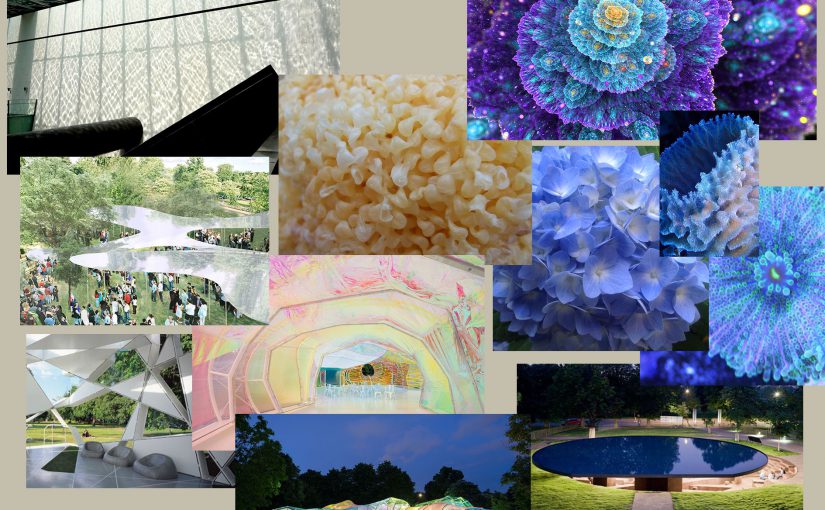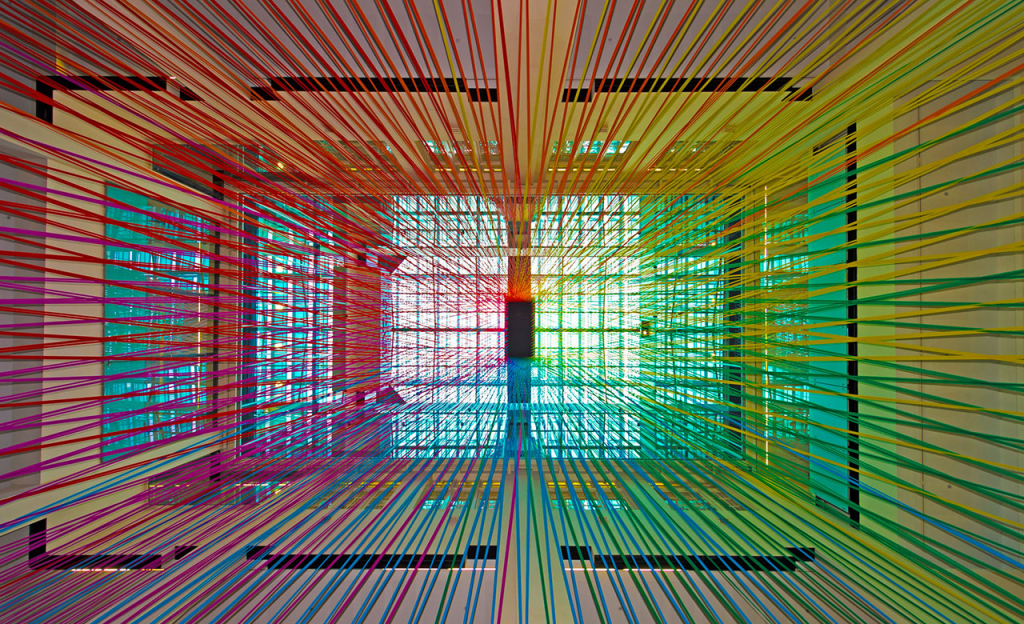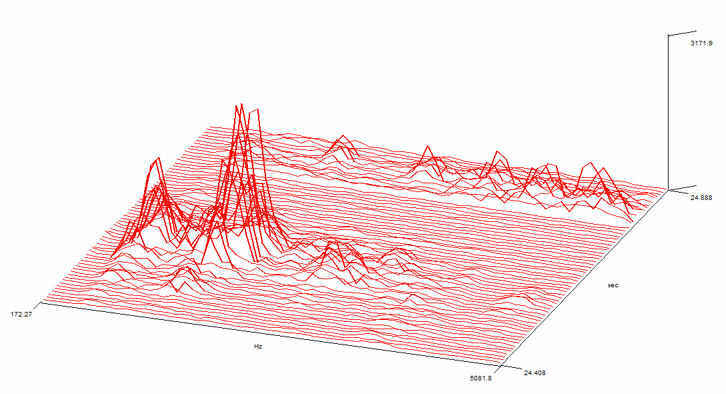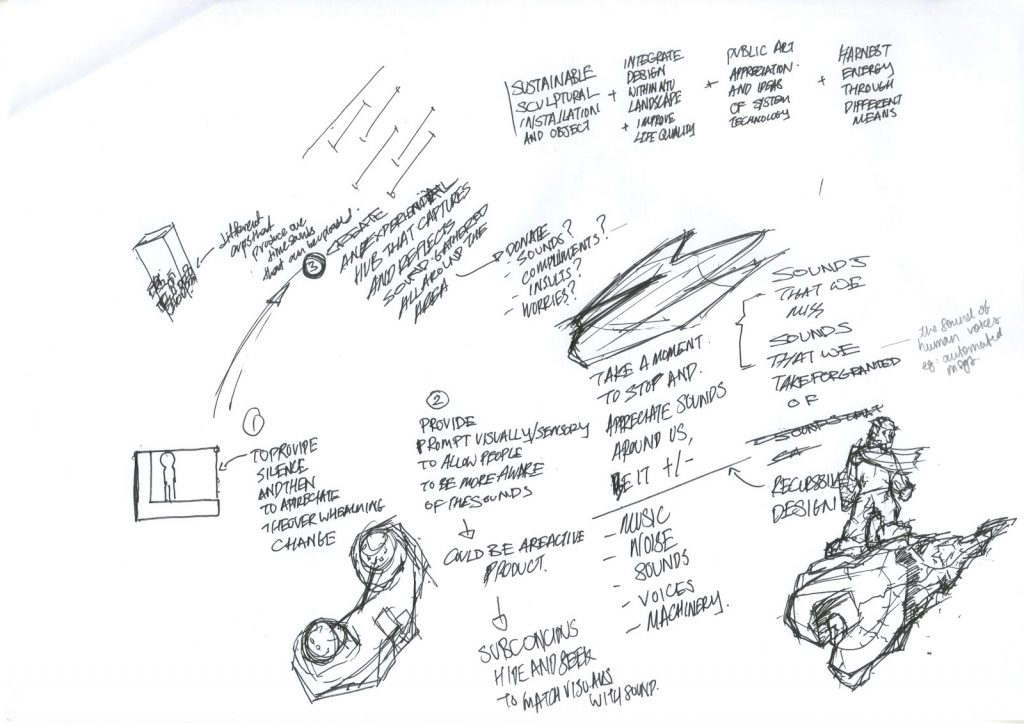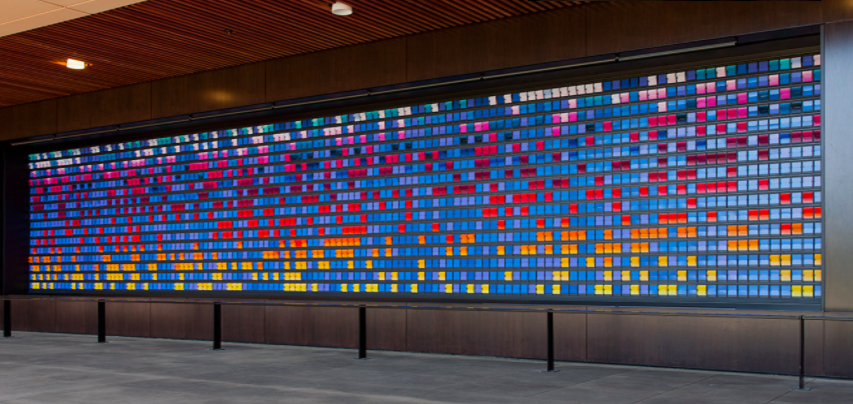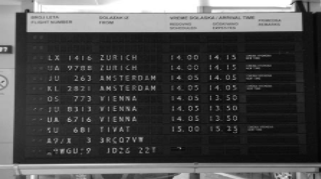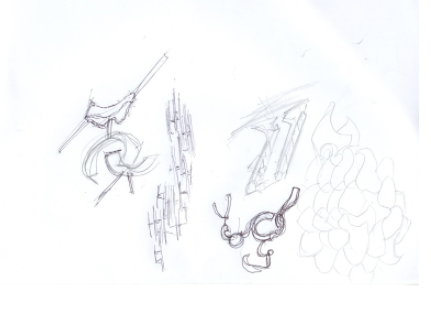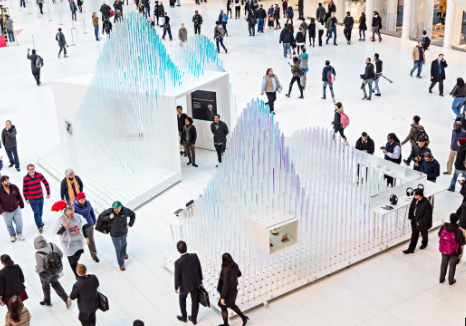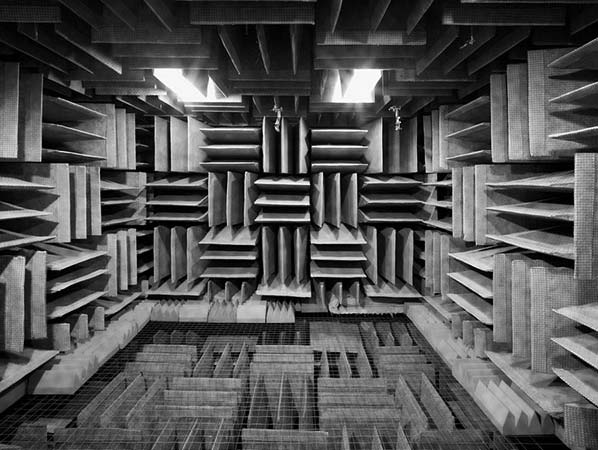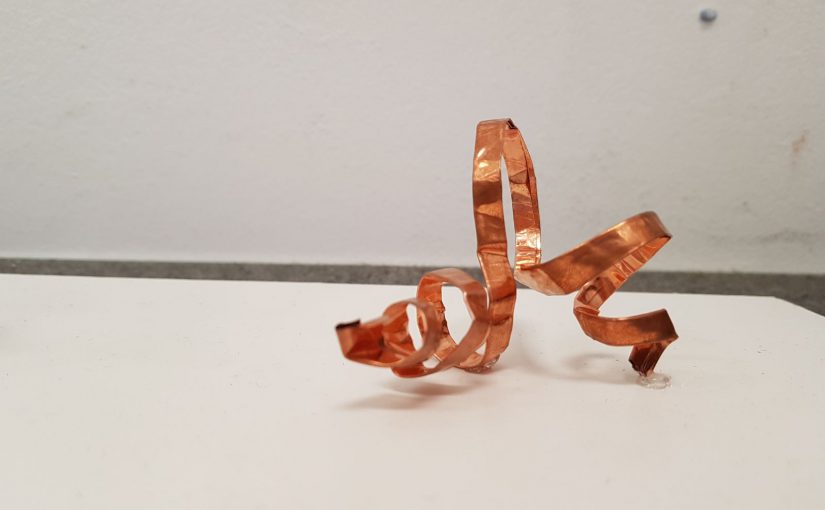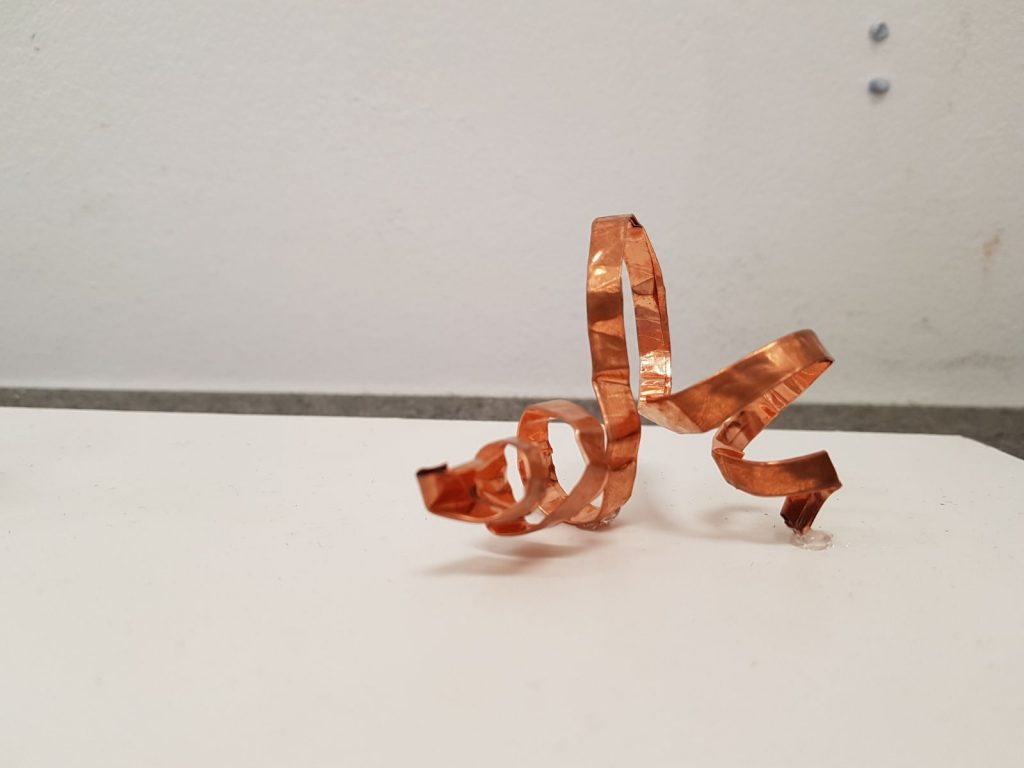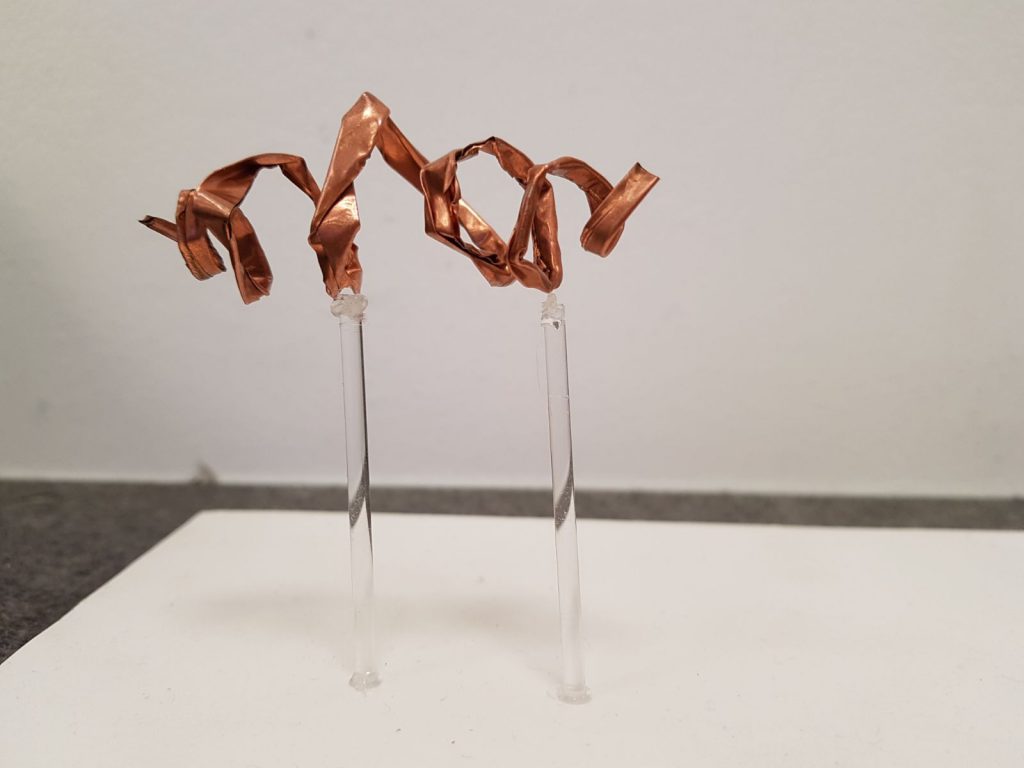Gleanings from previous critique session
Questions to ask:
-
- Who is the actor?
tired people of NTU that needs to getaway, take a break - What is the experience?
-Peaceful
-Place of rest and getaway
-A place to linger
-A place where you can close your eyes to experience or to stare into blank space
-Comfortable
-Cool and comforting - How does the context and contents influence the behaviours?
-Form>Organic
>Soft (Like foam or cloth)
-Material used
-Color choices
-Objects
-Lighting perception- white light - How would the public ( first Impressions) view it?
-Want to walk in and experience it firsthand
-Mindful of the experience and the members that are already inside
-Interesting concept and space that could be unique - How would people perceive it?
-Attractive
-Inviting
-Individual sanctuary - Do we force people to pass through? VS drawing people in (this!!)
- Who is the actor?
Things to consider:
- The physical is primary, the mental influence is secondary (our hope is that whatever the physical installation is, it would spark the mental influence that we hope for)
- Be practical!!
- Almost religious /personal experience?
- Simple- like a sponge scape?
- Mindful/ sitting area?
- An alternative silent room/conducive environment for a silent zone
- Context specific + DOABLE
- Creative way to induce the feeling
Things to do:
- Streamline to one idea (What kind of silence do we want to achieve?)
- Shortlist environments
- Curation of materials to create forms
- Material specifications (sound barriers??)
- Proof of concept (do up a prototype)
maybe its abt doing a
WHO: tired people of NTU that needs to getaway, take a break
WHAT: Permanent experiential installation located at an arm’s length from ntu’s busiest areas , such as north and south spine.
WHERE: ntu’s busiest areas , such as north and south spine.
WHEN: During the active hours of the day
WHY: NTU is a bustling education hub, full of learners, thinkers, dreamers and makers. We would like to create something to provide respite, a moment to experience silence.
Sensory overload- regulatory patch, to create a space, environment and shell that is yours.
Research
LETS GO
1.WOODS: A SOUND-REACTIVE INSTALLATION
The sound-reactive illumination takes the spectator through the emotional and physical journey of the performer at the center. The sequenced installation builds the setting, following the motion of the story while providing a consistent spatial response for the viewer.
Sound sensitive installations
http://www.yankodesign.com/2013/01/04/woods-a-sound-reactive-installation/
audience as the performer?
2. Sound sensitive light installation flickers according to voice
https://www.trendhunter.com/trends/soundsensitive-light-show
BruumRuum! from artec3 Studio on Vimeo.
3. Akousmaflore

Living musical plants
Vvvv cool!!
http://www.scenocosme.com/akousmaflore_en.htm
Quite tactile though
- More tactile installations
-using the medium to connect the participants
http://www.scenocosme.com/metamorphy_e.htm
http://www.scenocosme.com/fluides_e.htm
Using a fabric/water
5. Using breaths to transform the environment
Exploring the principle of breathing allows us to evoke the territory which constitutes the atmosphere.
We share this territory but we modify it with our various activities. There is an interrelationship between the fact of breathing, of have an action on the environment and to breath this feedback.
Also, take time to breathe is a symbolic way for taking again conscience of the natural rhythms, (biological and seasons for example) opposite to the productivity. It’s also an invitation to the concentration, the meditation.
Interesting idea haha but i think the application doesn’t really work
Sculptures
Clasped together in this way, they are ambiguously evocative of praying hands, or hands offering something, or even hands severed from the human body altogether, like a momento mori symbol. They have a human-like quality and the sensation of touch is palpable, but their pale white colour suggests the contrasting state of death.
https://intoform.wordpress.com/2011/09/18/suspended-bodies-clark-goolsby/
6.HOW SILENCE SOUNDS IN THE DESERT (OR THE ILLUSION OF THE MUTE)
http://www.faena.com/aleph/articles/how-silence-sounds-in-the-desert-or-the-illusion-of-the-mute/
http://www.electronicbeats.net/the-feed/hear-an-interactive-sound-sculpture-inspired-by-radical-modern-art/http://www.contemporist.com/space-light-sound-and-drugs-by-cochenko-and-quatorze/
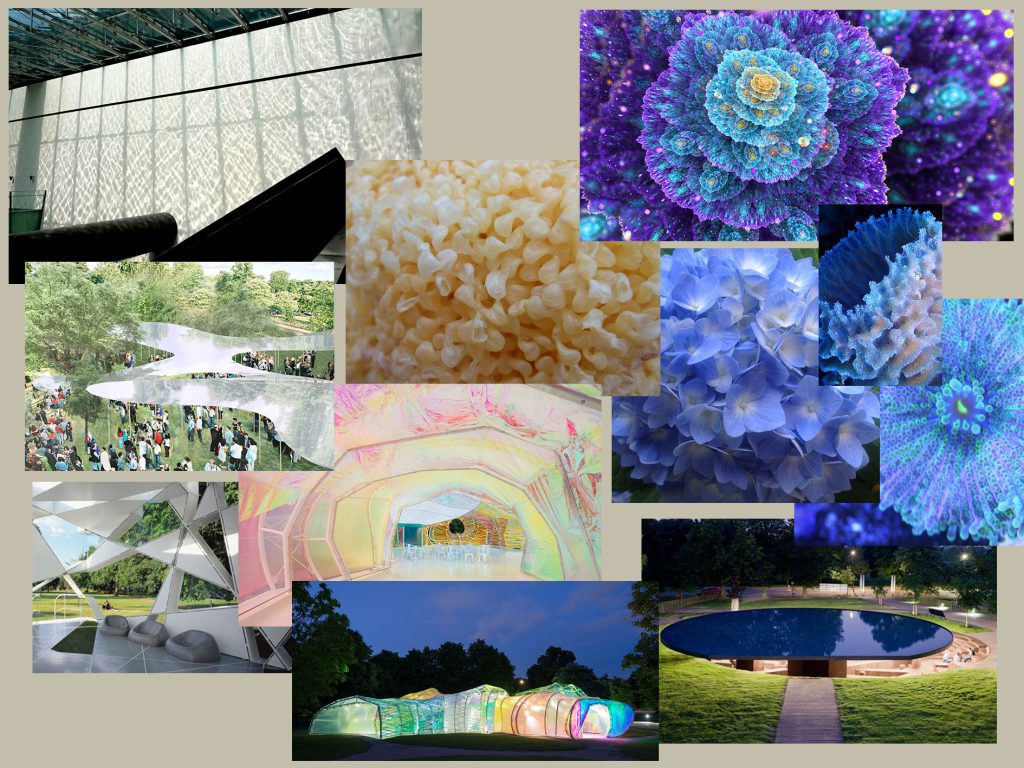
Our moodboard
